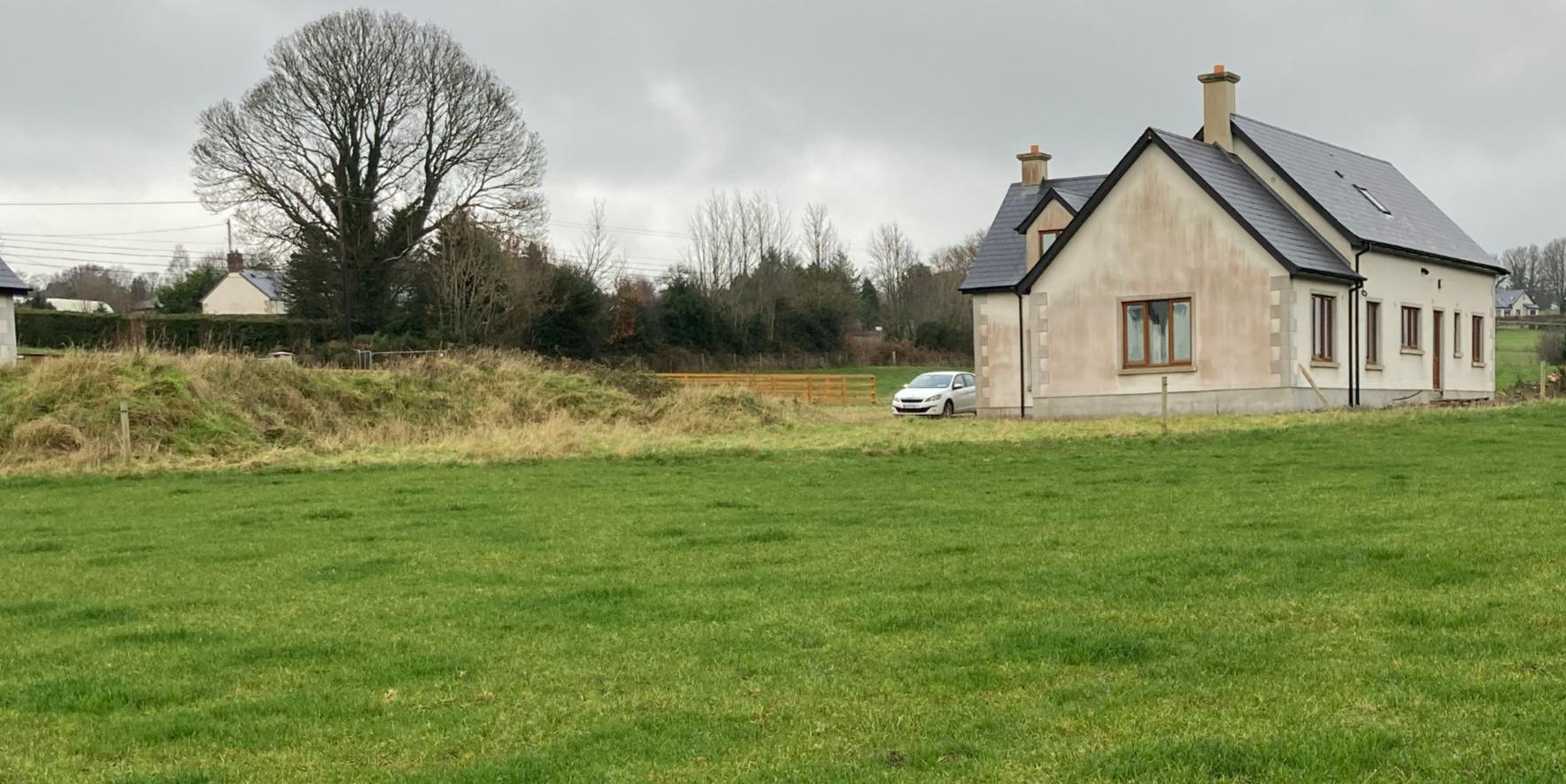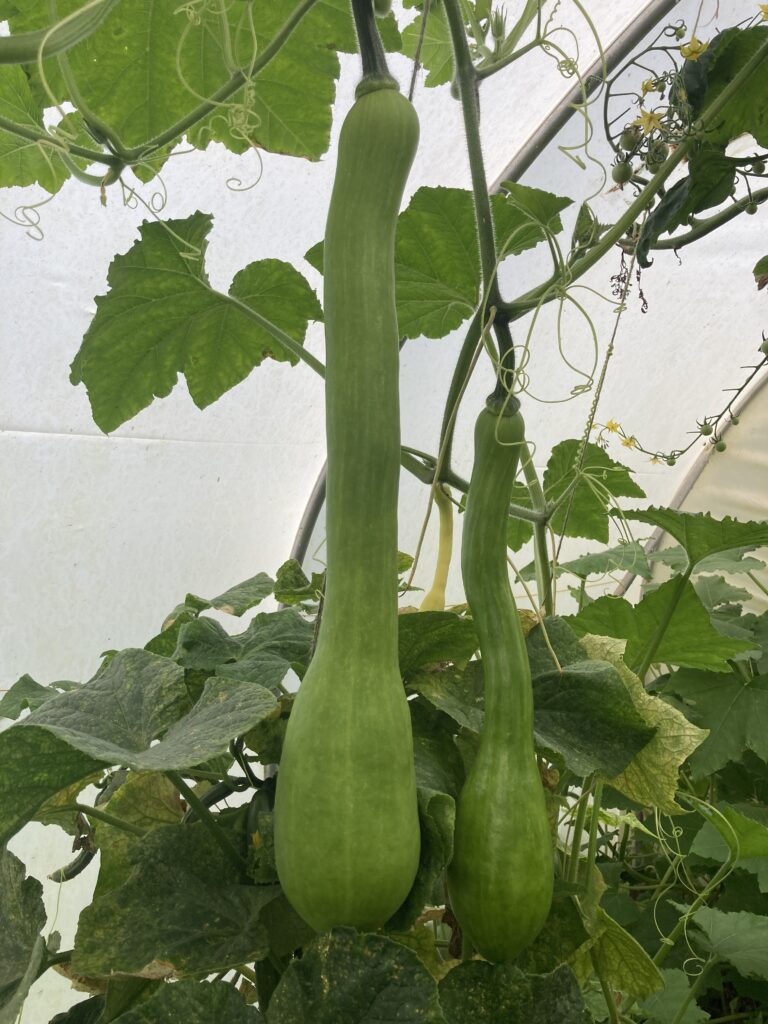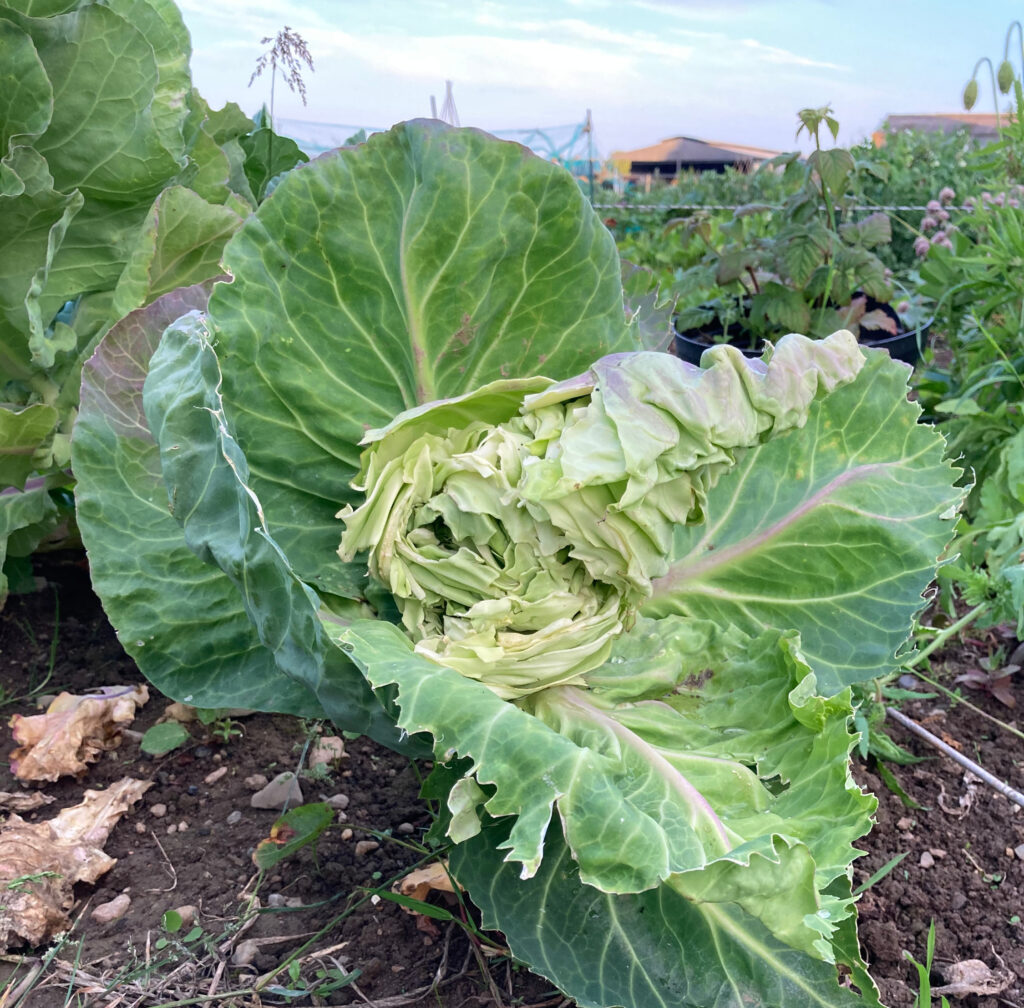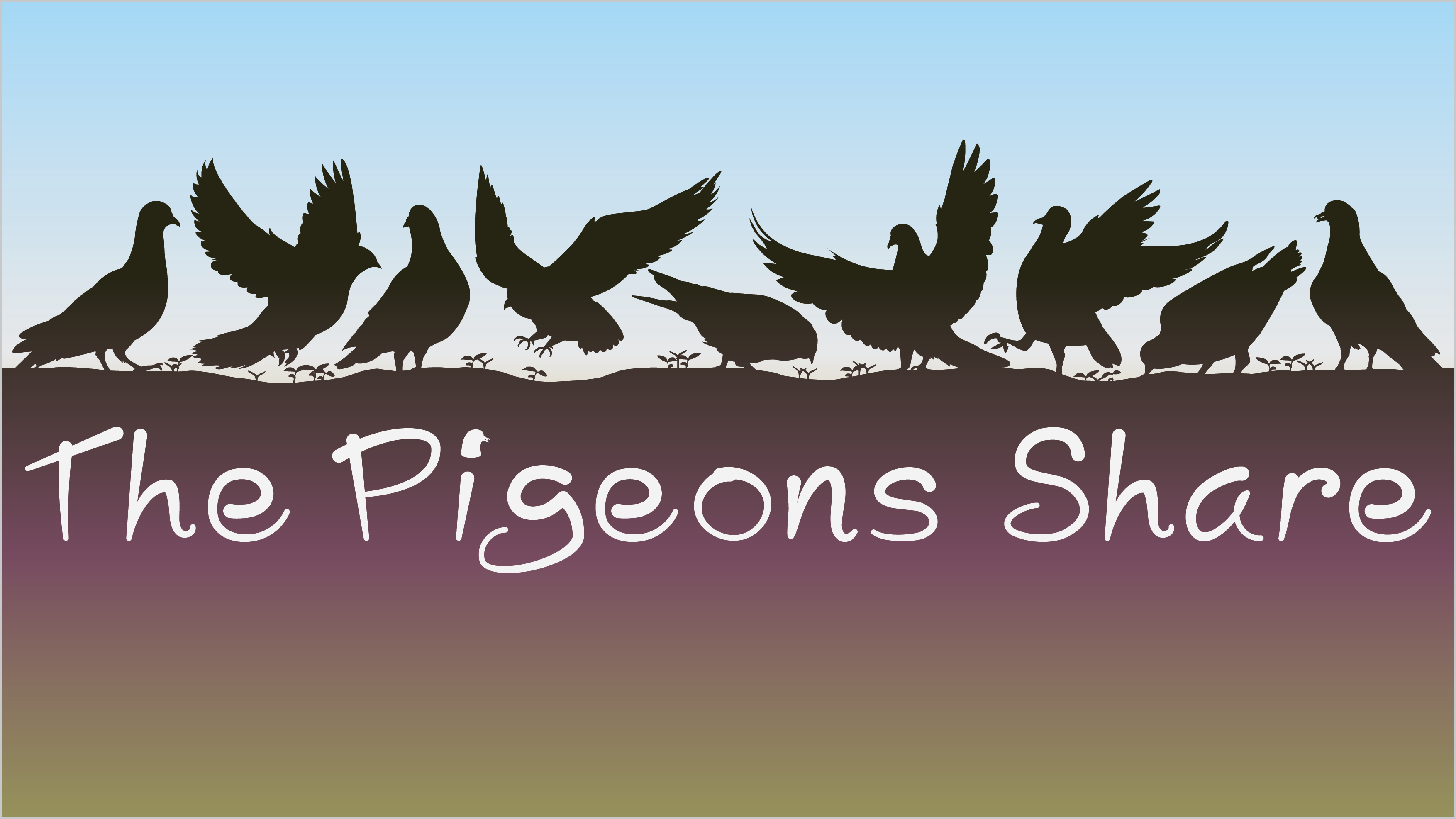A commitment to creativity and sustainability
OUR ADVENTURES GROWING FOOD AND GARDENING WITH NATURE
We want to share what we learn developing our 3/4 acre site in Co Wexford from scratch. The first lesson being that it is never from scratch: nature is a zillion steps ahead of us, patiently accepting us as a new addition to the land and welcoming us into what, for us, was a very new ecosystem.

How The Pigeons Share adventure began
In 2018 our much loved allotment in a beautiful old walled garden closed. We lost a community of fellow growers, and the space where we were self-provisioning about 80% of our food. We rallied to find new growing spaces: at one stage we had 4 different sites. It wasn’t sustainable in the long term. What we really wanted was a growing place outside our own back door.
With Covid came the transition to remote working and the possibility of moving further away from our offices. We sold our much loved home with its tiny but beautiful garden and bought a new house on ¾ acre of old pasture land. We started growing in the few areas of bare top soil where the builder had infilled around the house thinking – from all our previous experience – that we knew what we were doing. It was soon to become a massive learning curve and an exciting and wild adventure.
This website tells our story. We hope it will inspire others to grow their own food.
WHAT WE DID FIRST
Our learning curve started as soon as we started to get to know our site. It was windy – exposed on all sides to whatever the weather would throw at us. It was weedy – the bare topsoil was quickly taken over by plants we had never seen before – prostrate knotweed, bindweed, numerous thistles, couch grass and creeping buttercup. The old pastureland was compacted and really hard to dig.
Nevertheless, we got stuck in planting salads, potatoes, peas, kale, several types of dwarf beans, broad beans, sugar snaps, barlotti beans, oca, yacon, beetroot, fennel and runner beans. We created a herb bed, we planted strawberries and rhubarb and fruit bushes. We put up a small plastic ‘poly tunnel’ that we’d had for years to grow tomatoes and cucumbers. We soon bought another to home our butternut squash plants and more tomato plants. We put down 75 metres of weed control fabric over cardboard boxes and planted squash and pumpkins over it. We were playing catch up the whole time having started all this in April but we still tried to plant all our usual crops. The outcomes were very mixed.
The salads bolted, the potatoes scabbed, the peas and sugar snaps limped along, the kale was devoured by caterpillars and the dwarf beans produced nothing. The new tunnel was badly damaged in the first real storm. Thankfully the barlottis, broad beans and runner beans did okay and we harvested over 30 squash and pumpkin. We sowed more salad crops. Some flourished, some did not. Meanwhile, the ‘weeds’ thrived and we were definitely not producing as much food as normal.
OUR PHILOSOPHY
We had called our new house The Pigeons Share coming from a belief that we need to listen, live with and give back to nature.
When we first started growing veg in the allotment our first lesson was that a share of our crops will always go to birds, slugs and insects. We had no idea then that pigeons love cabbage!!!
The Pigeons Share symbolises that philosophy for us. It takes its name from the concept of the Angel’s Share – the mysterious amount that disappears in whiskey making. And we chose ‘Pigeon’ as it was our first hard lesson in crop sharing.
It is a balancing game between how much we need to protect our crops and what we are happy to lose to other creatures that share our land. It used to always feel like a battle.
But over the years we learnt that if we can create a healthy ecosystem, one where we keep nurturing the land then it too will give so much back that there is enough for us all to coexist. It’s hard at times, and we aren’t perfect. We happily watch our ducks eat slugs and we proactively discourage rats from eating our newly sown peas. And then we have to protect our crops from our ducks who love eating the tops off onions and garlic.
It is a game as much as a philsophy.
THE CHALLENGE
What is different this time is that we are on our own, not part of a wider allotment ecosystem. We have had to rethink what we were doing. But for the first time we can manage and produce our own compost, decide on our own boundaries and create our own shelter, and we can position things as we want. I did a permaculture course the year before we moved and Domhnall went on a syntropic agro-forestry course. They opened up avenues of thinking we had never considered. I began looking more closely at the value and role of weeds.
Books we read threw up questions for us; could we ever look at dandelions the way we see daffodils, or ragwort like yarrow, or brambles like broom. Our first learning curve was not about living with the animal and insect world but about living with the plants that share our land with us. A whole new adventure began….learning and living with ‘weeds’
About Domhnall and Anne
We both grew up in homes where our fathers grew soft fruit and vegetables so growing and gardening came quite naturally to us. We started growing veg because we wanted to eat food with as low a carbon footprint as possible. We had stopped buying food that had traveled long distances. By growing our own veg we realised that good taste was totally connected to freshness and the different varieties available to the grower. Shop bought vegetables paled in comparison. Needless to say we also grew organically.
Our veg growing journey started from small beginnings. When we first took on an allotment of 55 sq metres we spent only an hour or two a week at it. We grew Romanescu, and Runner beans and experimented trying to grow garlic. We soon learnt that some plants need a long time to grow and it was important to read and follow what it says on the seed packets. The next year we took on another 25 sq metres and our allotment became a heavy workout but produced heaps of potatoes. The 3rd year we took on another 50 sq metres. We were hooked. We were there every weekend, for hours. We loved it – the tranquility, the birdsong, the community of other growers. That 3rd year we realised we had grown and preserved enough veg to last for a year. We had saved so much money we went on a second holiday and took out a loan to buy a new car.
Anne is also a textile artist, with a passion for feltmaking but still works full time. We both love travelling and cooking. We love sharing our veg growing adventures with our grandchildren who enjoy getting stuck in.
WILDNESS AND FOOD PRODUCTION
We had to understand the notion of the wildness and it’s place in food cultivation.
We should have known more about the role of wildness in the act of growing. We had spent years hiking and loving wild spaces.
But what is it about us as humans that we see our gardens as places we control – where we landscape and define our borders, where we grow in beds or make square cornered vegetable patches. We aspire to tidy lines of perfect cabbages, neat beans on sturdy poles and well behaved peas. Wildness, at best, is contained in ‘wild meadow areas’, our bird houses and bug hotels. What we forgot, what too many of us forget, is that our gardens want to go back to the wild, that is their true home, to return themselves to the forest. Wildness starts with colonisation of any bare soil by what we invariably refer to as an invasion of weeds.
So our first lesson was to see these plants not as the enemy to our cultivation plans but as something we needed to work with, learn from and coexist. We just had to remake the leap to seeing the animals (birds, slugs, insects etc) on our land as part of the necessary cycle of life (even when they were annoying).
The Cupboard challenge
How long could you live on the food you already have in your house?
One year I asked Domhnall that question. He reckoned about 2 weeks. We took on the challenge – we lasted 3 months!! It has changed everything about the way we think about consumption in our home. It was also a culinary adventure and truly necessary. We needed an empty freezer before our new growing season started to produce a glut. And we were fed up finding out-of-date things in our cupboards. Now we do the Cupboard Challenge every year, starting just after Christmas.
We have a few set rules – we decide the few things we will buy every week – usually eggs, lemons, butter, granola, buttermilk, sugar, porridge and flour. Nothing else is allowed but we do break out at Valentine’s day and birthdays. The secret, we have found, to deciding what we can cook from a limited range of ingredients is to pick 3 or 4 ingredients we have, put them into google and up pops a perfect recipe even when they the ingredients seem unlikely to work together. It works every time and weve had some really exciting and interesting meals as a result.
Our influences and resources
WHAT HELPED US UNDERSTAND REWILDING AND REFORESTATION
Key learnings
- For several years after we left our original allotment we would go back each year to forage for fruit. The first year the plots were all still discernible, the birds had taken over and it was actually beautiful. We were kinda happy that they got our bountiful red currant crop. The 2nd year we continued to forage, beating a path to all the best bushes. The 3rd year it was impenetrable. It had returned to itself, its own wilderness.
- In syntropic agro forestry they use this knowledge to plan and grow in a sustainable way. They start with the top layers in mind and grow in layers and in companion.
- We had already discovered ways of living with our fellow creatures. We tend to only protect young plants so that that the entire plant won’t be destroyed by a passing rabbit, a voracious pigeon or a slimy slug. As soon as they are big enough we reckon there is enough for everyone to have a nibble. We do have to net brassicas to protect them from too many caterpillars. To make it work we always grow a little bit extra – i.e. the pigeons share. Our fruit bushes are netted up only after the birds have started to eat some and we remove the nets as soon as we have picked our fill so they can finish off the last of the fruit. Where possible we grow an extra bush or two.


- Our News
- Thought-provoking blogs.
- Our escapades and projects
- Our insights.
“The Pigeons Share has been the best adventure of our lives so far.”
Anne And Domhnall
Watch, Read, Listen
Join 900+ subscribers
Stay in the loop with everything you need to know.
